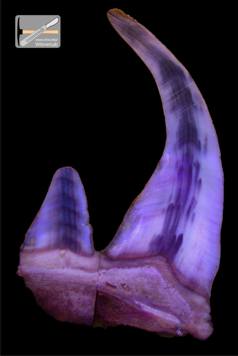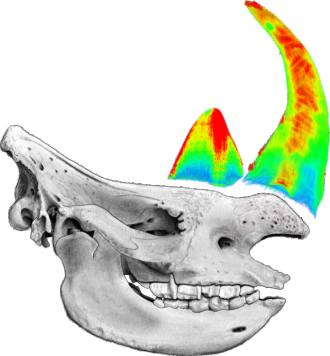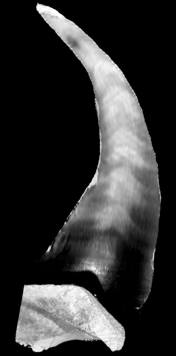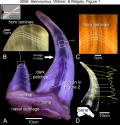- News & information
- About
- History
- George V. Voinovich
- George V. Voinovich Collection
- Calendar
- How to Find Us
- News
- Archives
- Photojournalism Fellowship Project
- Photo Essays
- Current Fellow
- Previous Fellows
- Reports and Publications
- Archives
- Students
- Prospective
- Center for Entrepreneurship
- Environmental Studies
- HTC/Voinovich School Scholars
- Master of Public Administration
- Current
- HTC/Voinovich School Scholars
- Center for Entrepreneurship
- Environmental Studies
- Master of Public Administration
- Alumni
- Contact
- School Leadership
- Strategic Partners Alliance
- Ohio University Public Affairs Advisory Committee
- Ohio University Public Affairs Advisory Committee
- Faculty and Fellows
- Faculty
- Visiting Professors
- Voinovich Fellows
- Professional Staff
| Lawrence M. Witmer,
PhD
|
 |
Rhinoceros Horn Growth &
Form 2006. Hieronymus, Witmer, and Ridgely. Journal of Morphology |
 |
Complete citation and full-text download (PDF):
Hieronymus, Tobin L., Lawrence M. Witmer, and Ryan C. Ridgely. 2006.
Structure of white rhinoceros ( Ceratotherium simum
)
horn investigated by x-ray computed tomography and
histology with implication for growth and external form .
Journal of Morphology
267(10)1172–1176.
Research Partners: Sources of rhinoceros specimens

O'Bleness Memorial Hospital, Athens, Ohio
Research Partner: CT scanning site
Contact Information:
(740) 593–9381 | Building 21, The Ridges
Ohio University Contact Information:
Ohio University | Athens OH 45701 | 740.593.1000 ADA Compliance | © 2018 Ohio University . All rights reserved.
























